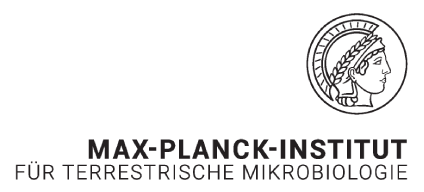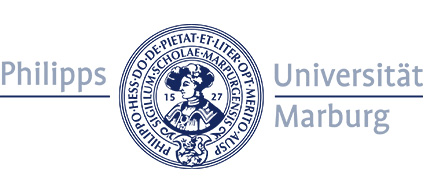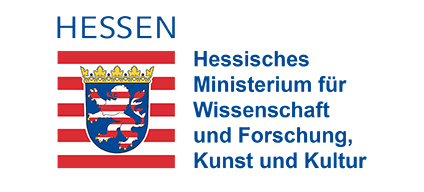Main Content
Geochemical Protoenzymes
The last universal common ancestor (LUCA) arose in an environment of rocks and water on the early Earth about 4 billion years ago. We can connect LUCA's metabolism to its geochemical roots through top-down comparative bioinformatics and through bottom up geochemical laboratory studies, using minerals and inorganic redox partners (hydrogen, metal ions) instead of catalysts as enzymes. The mechanisms that link topdown and bottom up approaches, however, are under-investigated.
Our group wants to change that by experimentally connecting central metabolic cofactors and enzymatic reactions that were present in LUCA to early Earth geochemical reaction partners. The goal is to understand the transition from environmental reactions to genetically encoded metabolic functions. Previously, we have already successfully catalysed the reduction of the redox cofactor NAD+ with under geochemical conditions (Pereira et al. 2022).

Our group is interested in how the key molecules of metabolic pathways were selected in early chemical evolution. By charting the so far underexplored interactions between chemically active environments and metabolism we hope to gain insights into their coevolution before they became separated by the origin of cellular organization. We aim to close gaps between geo- and biochemistry and open the doors to new, unseen approaches to directly connect cells/microbes with their environment, both their cradle and their habitat.


